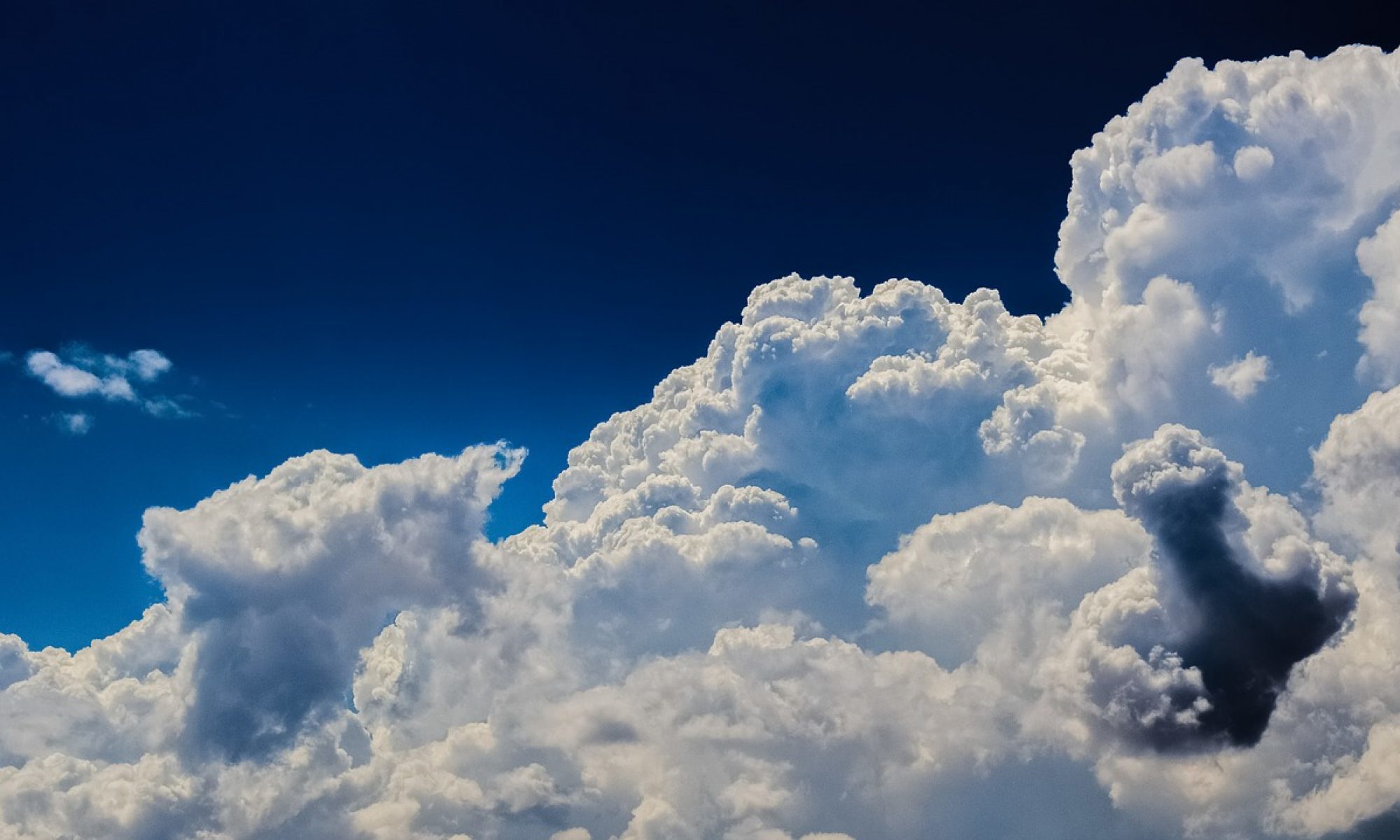*WANTED – VOLUNTEER WEATHER OBSERVERS IN OHIO*
On Feb. 2, Groundhog Day, Ohio will join 38 other states in using community volunteers to measure and map rain, snow and even hail across the Buckeye state.
State Climatologist of Ohio and the National Weather Service are looking for volunteer weather observers across the state to collect precipitation data for CoCoRaHS, the Community Collaborative Rain, Hail and Snow Network. Ohio weather buffs of all ages and backgrounds can now join a rapidly growing network of volunteer rainfall observers across the country, playing an active role in meteorological reporting and research using inexpensive equipment in their backyard.
CoCoRaHS was launched in Colorado in 1998 as a local project by Colorado State Climatologist Nolan Doesken, following a devastating flash flood in Fort Collins. Intense rainfall causing the flood fell in between existing rain gages. Since then, several new states have come on board every year. The program now boasts over 12,000 volunteer observers nationwide. This grassroots network of observers measures and reports rain and snow amounts to provide the maximum amount of data for education and research use.
CoCoRaHS partners in Ohio include, the office of the State Climatologist (Dr. Jeffrey Rogers), scientists from Kent State University, the Ohio Department of Natural Resources, the Central Ohio Raingage Network (organized by Bob Davis of EMH&T Engineers in Columbus), and the 5 National Weather Service offices serving Ohio. The CoCoRaHS network in Ohio will be divided into 6 regions.
Currently, CoCoRaHS observers across the U.S. access the www.cocorahs.org site to submit daily precipitation and, in some cases, hail. Tables and maps of the precipitation in each state that participates are then available for all to view online.
The only equipment needed is a 4 inch cylindrical rain gauge available from the network for $23 (plus shipping) and a yardstick to measure snow depth. Many other commercial weather supply companies also sell the 4 inch rain gages. “CoCoRaHS measurements can provide a detailed look at Ohio rainfall patterns that can help in flood forecasting, disaster management, and drought assessment,” said Jeffrey Rogers, the State Climatologist for Ohio at The Ohio State University. Rogers serves as state co-coordinator, along with Brian Astifan of the National Weather Service in Cleveland.
Astifan comments how the launch of CoCoRaHS can bring a greater recognition of Ohio�s variable precipitation: “Precipitation can vary widely across Ohio. Summer storms can drop 4″ of rain in one area, with locations just a few miles away remaining dry. During the fall, if a dying tropical system passes through Ohio, the difference between 3″ of rain and no rain can be just 20 miles. Even snow amounts can be quite different just across a single county. The addition of even just a couple of CoCoRaHS observers within a county can help to create more complete precipitation maps during any season.”
How does one become a CoCoRaHS observer? Go to the CoCoRaHS website (www.cocorahs.org) and click on the “Join CoCoRaHS” under the main menu. Training slides are available under the resources menu. After registering, all CoCoRaHS observers take a short on-line training course and may begin to report. Your rain and snow observations will become part of the volunteer nation-wide record and be plotted on maps of your county and state. You may view these maps and see how your observation compares with other CoCoRaHS observers across Ohio and the nation.
“CoCoRaHS – Because Every Drop Counts!”
